Trending


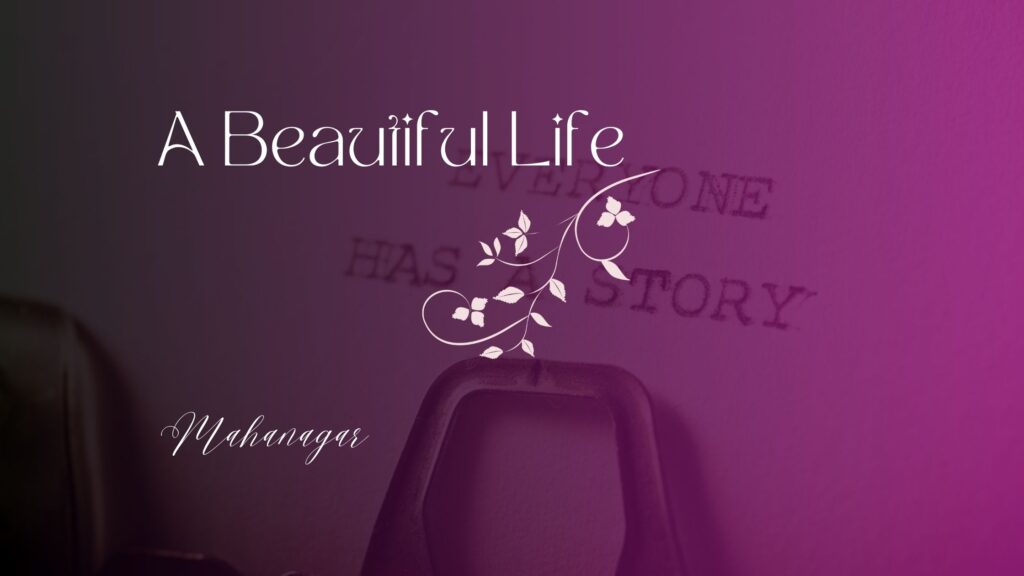
Current Read








Enter your email address below and subscribe to our newsletter


Some years ago, I was working as an assistant director for the costume department of a Bollywood production. Someone on set told me, “Cinema is the highest form of technical art”. In the nascent stage of my filmmaking career, the true essence of this was lost on me. Of course, there are a lot of technicalities in filmmaking, from the settings on a camera to the rules of budgeting, but the nuances that differentiate a great piece of art from mere pictures stitched together did not quite impress upon me.
That is, until I produced my own short film, Phir Bhi (Even So).
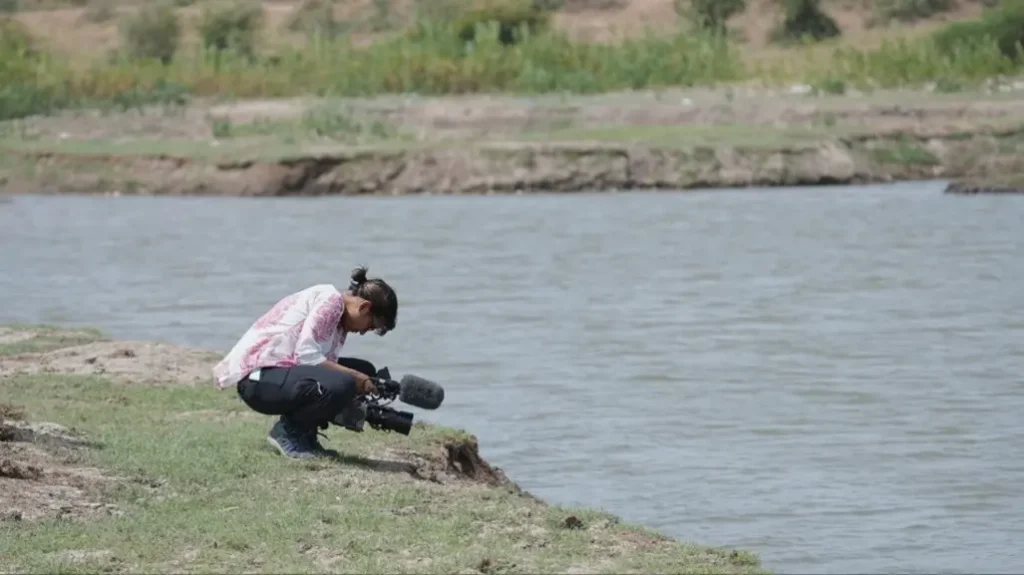
My journey with Phir Bhi began in December 2023 while researching a story for my Master’s thesis film at the wildlife filmmaking programme at the University of the West of England, Bristol. I knew I wanted to tell a story from back home – highlighting the wildlife conservation and conflict issues that India faces. After weeks of scouring through countless news articles and research papers, I found one that described a cluster of villages in the Charotar region of Gujarat where people had some unique neighbours – wild Marsh Crocodiles (Crocodylus Palustris), commonly known as Muggers. Charotaris lived among a growing population of muggers as if they were mere garden lizards and the muggers, too, rarely attacked them. To say I was intrigued was an understatement.
Just after New Year’s, I placed a nervous call to the Voluntary Nature Conservancy (VNC), a local NGO that studies human-wildlife coexistence in Charotar – to understand the viability of the film and gauge the possibility of a collaboration. I was apprehensive of notorious bureaucratic processes like obtaining wildlife filming permits and concerned that my student budget might be too little. Moreover, working at the grassroots in India always presents unique challenges. But speaking to VNC left me thrilled and overjoyed. I learnt about local stories of cohabitation, unbelievable crocodile behaviour, and potential characters for my film – which finally started taking shape.
After a long pre-production stage, involving a promising recce in March 2024 and a tonne of paperwork that took me a litre of coffee daily to go through, I boarded the flight to Gujarat on 21st May. I would be staying in Vaso with Vishal Bhai, a Charotar born and raised wildlife researcher who worked with VNC.
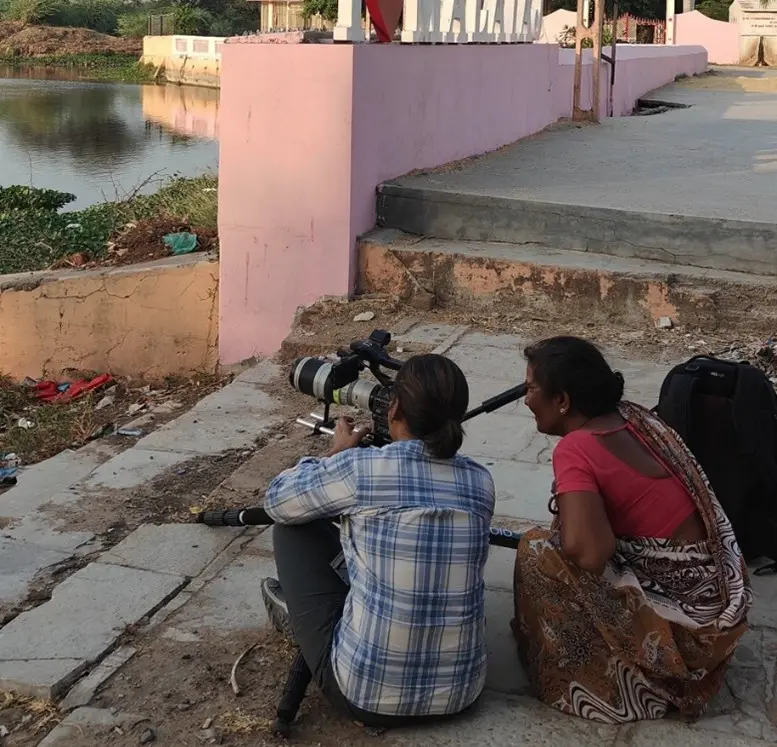
My first day in the village was a reinstatement of Murphy’s Law – “Anything that can go wrong will go wrong.” A particularly bad heat wave across India had caused unprecedented, high temperatures. Vaso recorded a painful 46°C. Forget filming; I was worried my camera and lenses would melt. The village had also completely transformed in the harsh summer – canals had dried up and the farmlands were empty and brown. Both crocodiles and humans hid away from the scorching sun, out of my camera’s reach.
The lengthy script I had written, with detailed scenes and shots, had to be ripped and discarded, as I mentally prepared myself to embrace whatever the field offered. Eventually I would realize that this is what makes documentary filmmaking so exciting – the story can and will change and one never knows what they might encounter on location.
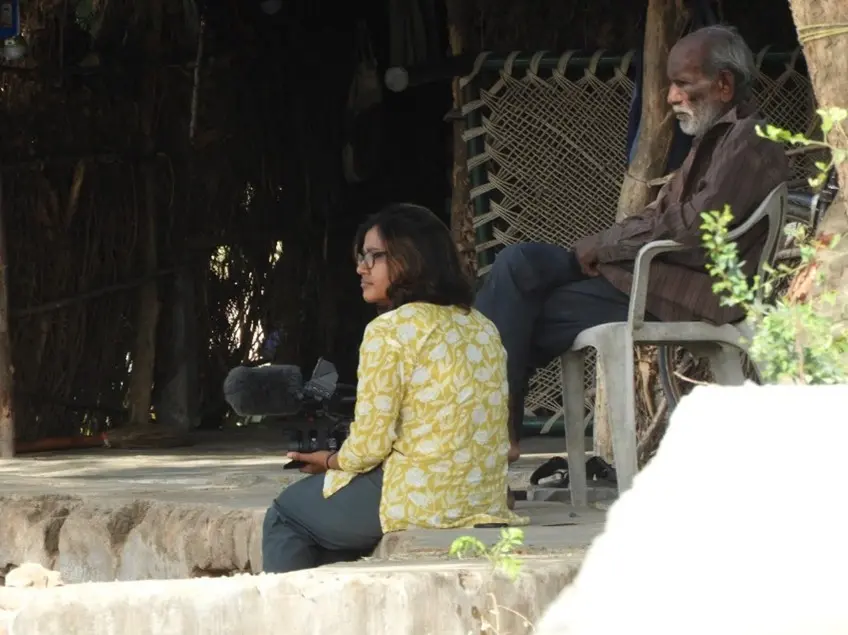
Luckily, I had amazing people to share the ride with. Nikki, my friend and cinematographer. Vishal Bhai, our local guide and protagonist, knew every corner of Charotar like the back of his hand and goofed around through all the troublesome changes to my filming plan. His mother has treated us to the most delicious Gujarati food every day. The rest of my crew were VNC volunteers – researchers and rescuers turned camera crew – who took no time to make me one of their own, and even took me on night-time bike surveys where I learnt to count crocodiles and study behaviour.

Once we adjusted to filming at dawn and dusk, the crocodiles put on a magnificent show. I couldn’t believe how relaxed this population was around us. They would come to bask, not 5 feet away from us.
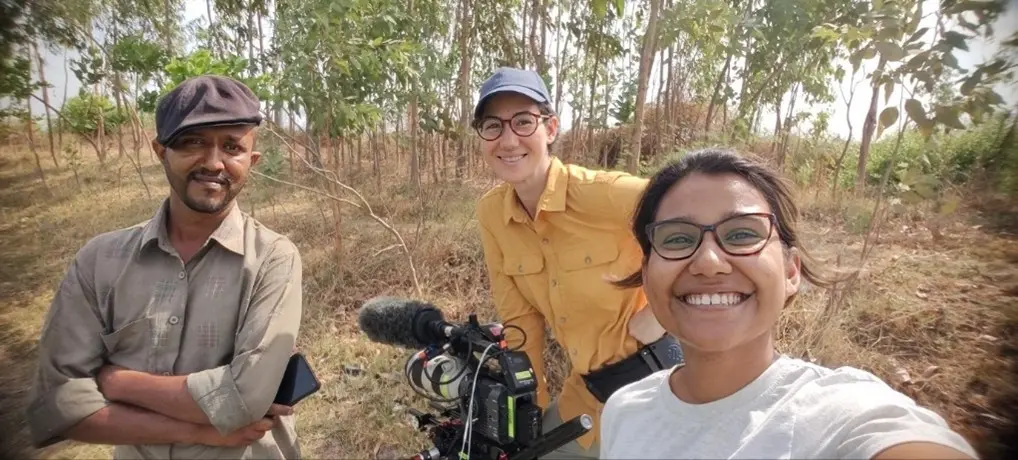
But here’s what they don’t tell you about the exciting profession of wildlife filmmaking – patience is our strongest skill. Especially with crocodiles. These incredible prehistoric predators have the capability of using their 270° vision to constantly monitor their environment without moving a toe. We would wait for hours to capture a single blink or yawn.

It is incredible how the people and crocodiles of Charotar have adjusted to each other. Farmers cultivate beside crocodile infested ponds. Fishermen submerge themselves in the water to catch fish. Women use the ponds daily without any fear of the predators nearby. The crocodiles too maintain their distances. There is mutual respect and acceptance within, with little help from people like Vishal Bhai who work to mitigate any rising conflicts.
Not everything we filmed made it into the film. Cutting out my favourite shots and scenes felt like killing my own child, but such is the nature of storytelling. A film at its conception and in its final form are always two separate films. I learnt to give myself the grace to accept that.
The following Twitter post by Marcus Romer that described the editing process in the most hilarious yet accurate way possible hangs as a poster on my university’s editing floor and I took inspiration every day.
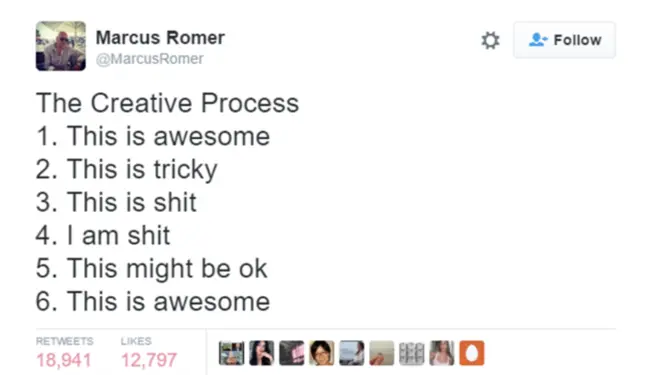
Filmmaking is an itch that comes back with a vengeance the more you scratch it. I don’t remember when my itch to make films began but if someone told 18-year-old Meghna that she would one day make a film about people living with wild crocodiles… well, she probably would have laughed at you.
Making Phir Bhi reaffirmed my desire to tell stories and my faith in the filmmaking process. I feel like I have brought back a part of Charotar, its houses, food, people, animals and sunsets, with me. I brought back a lot of wisdom too – I learnt to always expect the worst, that a smile can go a long way in making friends out of strangers and failure feels easier when shared with people. Seeing my family’s pride in what I had created, at the film’s screening, made the effort worth it. And I realised that, most importantly, I had taken my first baby step to become a wildlife filmmaker.
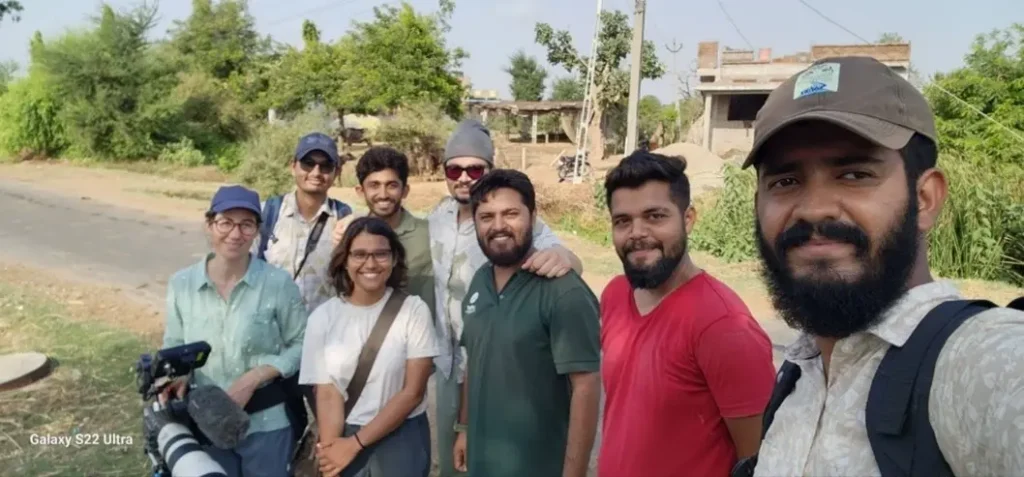

Meghna Nandy is an Indian filmmaker who aspires to direct and produce documentary films on wildlife conservation, environmental issues and indigenous and minority rights in India. She has 3 screen credits and her debut documentary, Phir Bhi, captures human-crocodile coexistence in Gujarat, India. When not researching and planning her next film, Meghna loves to cook, watch thrillers, read romance novels and go rock climbing.
This is as unique a write-up as your film is